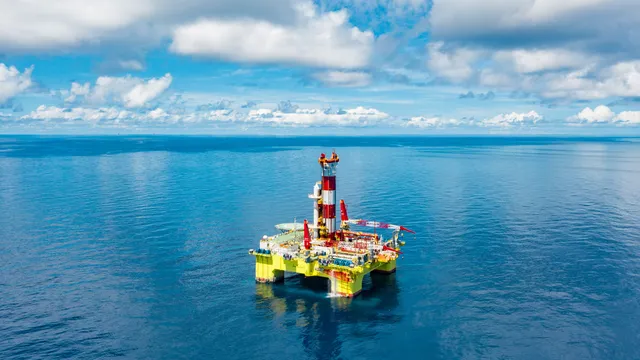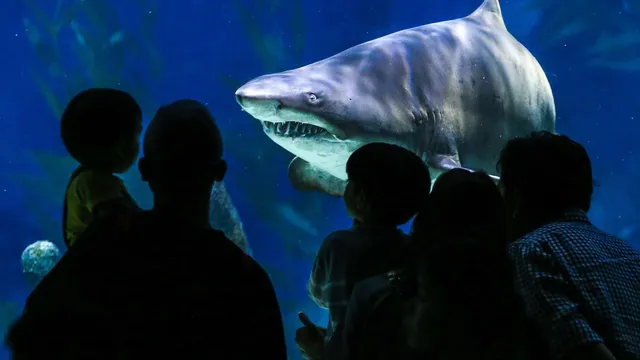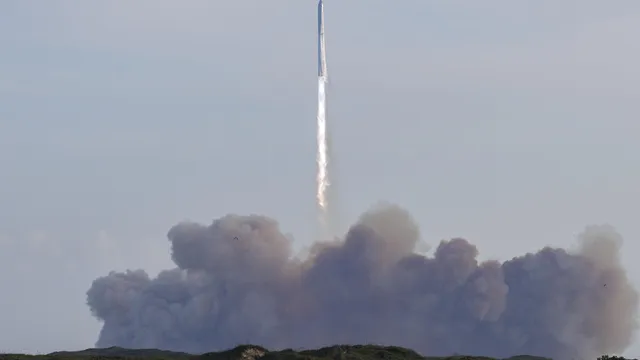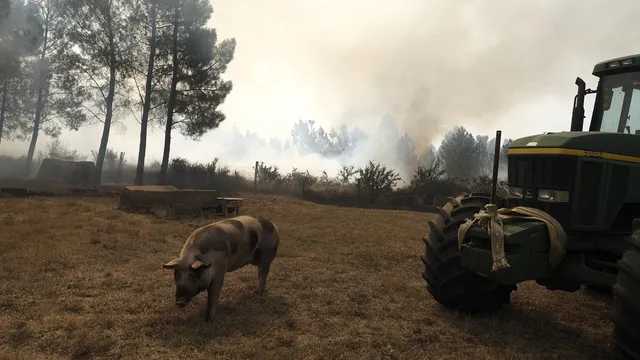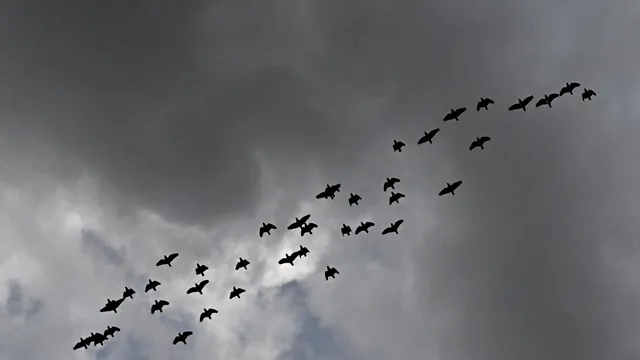Canadian company The Metals Company paid around $1 million to Australian research organization CSIRO to study data collected in the Pacific Ocean.
Huge areas of the Pacific Ocean seabed are covered with polymetallic nodules, which are like pebbles containing varying amounts of manganese, cobalt, copper, or nickel.
The Metals Company aims to be the first company to mine these nodules in international waters, specifically in the Clarion-Clipperton Zone between Mexico and Hawaii.
Mining companies have not yet found the best way to extract the nodules, which are located at a depth of 5 kilometers or more, AFP reported.
Their efforts are focused on robotic collection machines that suck up the nodules as they move along the ocean floor.
Species such as sea cucumbers, sea worms, starfish, and crustaceans could suffer a “significant decline” in their populations due to these practices, the study said.
Some species would recover partially within a year, but “filter feeders” and small organisms that feed on sediments show “minimal recovery.”
“On the seabed, our research shows that there are significant local impacts from various mining operations,” said scientist Pierce Dunstan during a conference.
Predatory fish may begin to accumulate toxic metals in their bodies after prolonged exposure to sediment plumes discharged from dredging.
“Swordfish and large sharks have accumulated the highest simulated concentrations of metals,” the scientists note in their report.
“This project helps ensure that if offshore mining continues, there will be a clear approach to understanding the potential risks and impacts on marine life and ecosystems,” Dunstan added.
Tina Soliman-Hunter, a professor at Macquarie University in Australia, explained that this is one of the most comprehensive studies on open-sea mining to date.
“Without such studies, there is a risk of damage associated with mining that could continue for generations,” she stressed. | BGNES

 Breaking news
Breaking news
 Europe
Europe
 Bulgaria
Bulgaria
